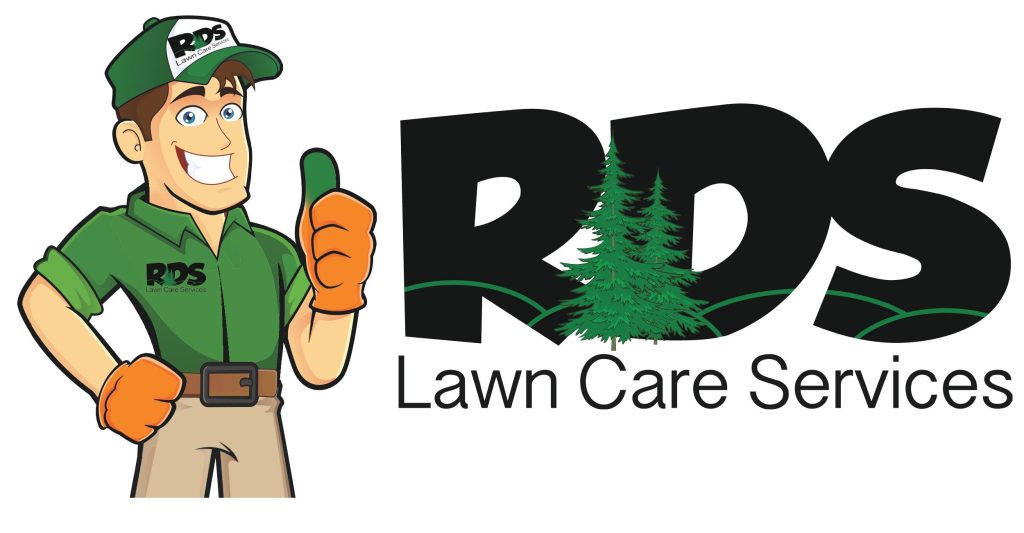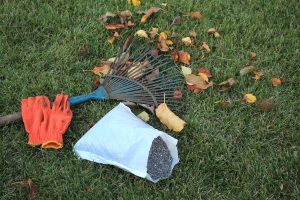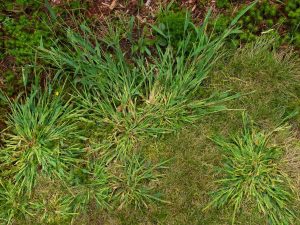[embedyt] https://www.youtube.com/watch?v=xn-KtDGigBc[/embedyt]
Hey, this is Aaron Suttenfield with RDS Lawn Care. And I wanted to show you a lawn here that I’m out looking at today, I’ll talk a little bit about fungal pressure that we’re seeing in fescue turf. It’s early July. This is a very healthy fescue lawn. It’s been on a program here for about a year and a half. And you can see some of these areas here that are browning out. This is a lawn that actually receives preventative fungicides. And even with preventative fungicides, if we’re not taking care of the other cultural practices, keeping sharp blades, mowing height, watering properly, not watering too frequently watering in the morning, things like that. Even with prevented fungicides, we can still see some fungal damage in the lawn. So, just want to make you aware of a few things. Make sure you’re watering in the morning only and try to skip a couple of days between watering. Make sure that you understand how much water your lawns getting, you know by testing a few of your zones to see how much water does your lawn put out. Try to stay around an inch per week and try to skip at least two days between waterings to keep the leaf blades from standing in water too long. But this lawn will be fine. We’re going to put another treatment on it here this week. And this is a healthy lawn. It looks good has decent color. This is July so fescue shouldn’t look like it did in April, but I just want to make you aware that even with preventative fungicides and things like that you can still have fungal damage in your lawn. Thank you




